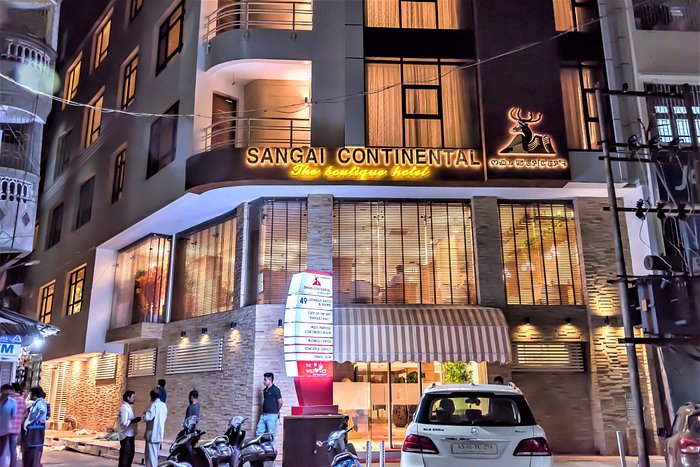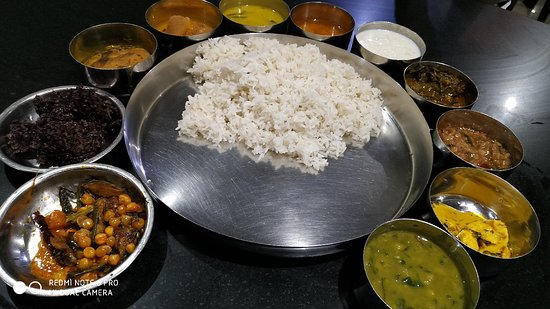Manipur
WELCOME TO Manipur
State Overview
Imphal
22,327 km2
2.72 million
Manipuri

Popular
Geography and Tourist Attractions
Information about the state's tourist attractions, including popular destinations, events, and activities.

Loktak Lake

Kangla Fort

Dzuko Valley
Political
Economy and Government
The economy of Manipur is primarily agrarian, with agriculture playing a vital role in the state's economic landscape. The fertile soil and favorable climatic conditions support the cultivation of a variety of crops, including rice, maize, pulses, and fruits. The state also has a significant horticulture sector, known for its oranges, pineapples, and potatoes. Handloom and handicraft industries, producing exquisite textiles and handicrafts, are prominent contributors to Manipur's economy.
The government of Manipur plays a crucial role in fostering economic development and welfare of its people. The state operates under a democratic system with a Chief Minister as the head of the government. The government focuses on promoting investment and entrepreneurship by providing various incentives and support to industries. Efforts have been made to improve infrastructure, such as roads and power supply, to attract businesses and boost trade.
Furthermore, the government of Manipur recognizes the importance of preserving and promoting the state's rich cultural heritage. It organizes festivals, events, and exhibitions to showcase the traditional arts, music, dance, and handicrafts of Manipur. The government also supports initiatives to develop tourism, capitalizing on the state's natural beauty and cultural diversity. These combined efforts aim to enhance the overall economic growth, social well-being, and cultural identity of Manipur.

History
History and Culture
Manipur, a state in northeastern India, has a rich history and vibrant culture that spans centuries. The history of Manipur is steeped in legends and folklore, with ancient texts and oral traditions narrating tales of kings, warriors, and the valiant resistance against foreign invasions. The state was an independent kingdom until it came under British rule in the 19th century.
Manipur's culture is a blend of indigenous traditions, religious practices, and artistic expressions. The Manipuri people take great pride in their cultural heritage, which is prominently showcased in their dance forms, music, and handloom textiles. Manipuri dance, characterized by graceful movements and intricate footwork, is renowned worldwide. Ras Lila, a form of dance drama depicting the divine love of Lord Krishna and Radha, is a highlight of Manipuri performing arts.
The state celebrates numerous festivals that reflect its religious and cultural diversity. The Lai Haraoba festival, dedicated to traditional deities, showcases the rituals, music, and dance forms of Manipur. Yaoshang, the Manipuri version of Holi, is a vibrant festival filled with colors, traditional games, and folk dances.
Overall, the history and culture of Manipur serve as a testament to its resilient people and their deep-rooted traditions. The preservation and promotion of this heritage contribute to the unique identity and allure of the state.
HOTELS

Classic Grande

The Sangai Continental

The Classic Hotel
RESTAURANTS

Mothers Kitchen

Hotel Imphal

